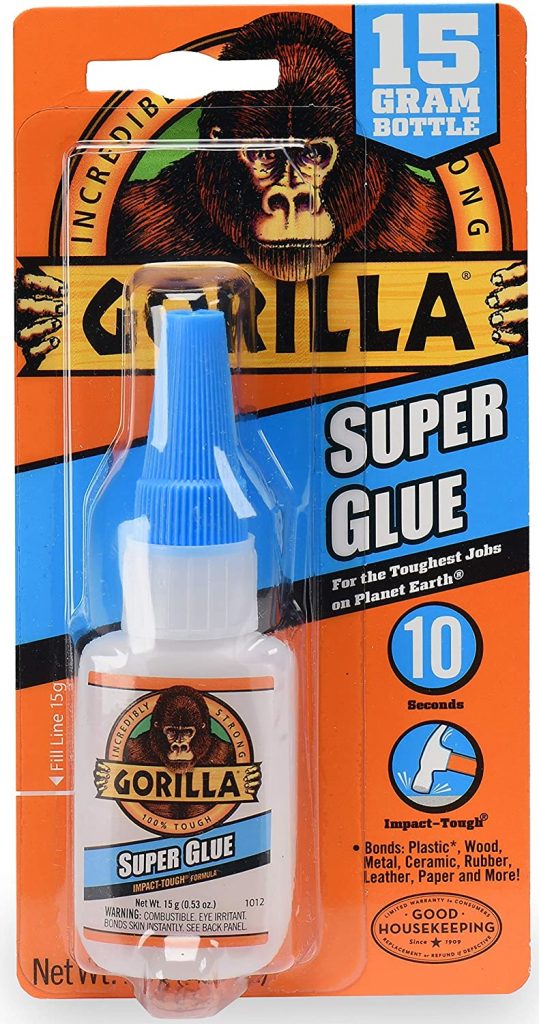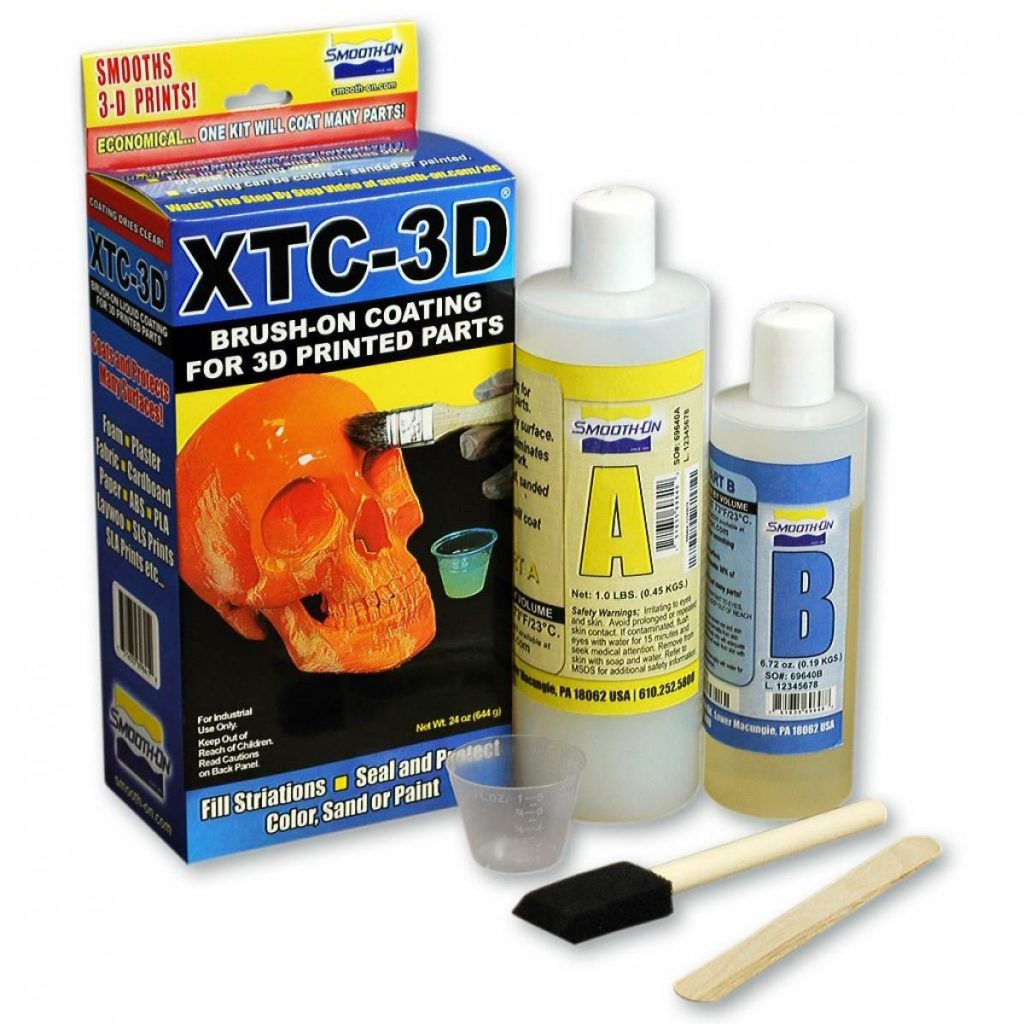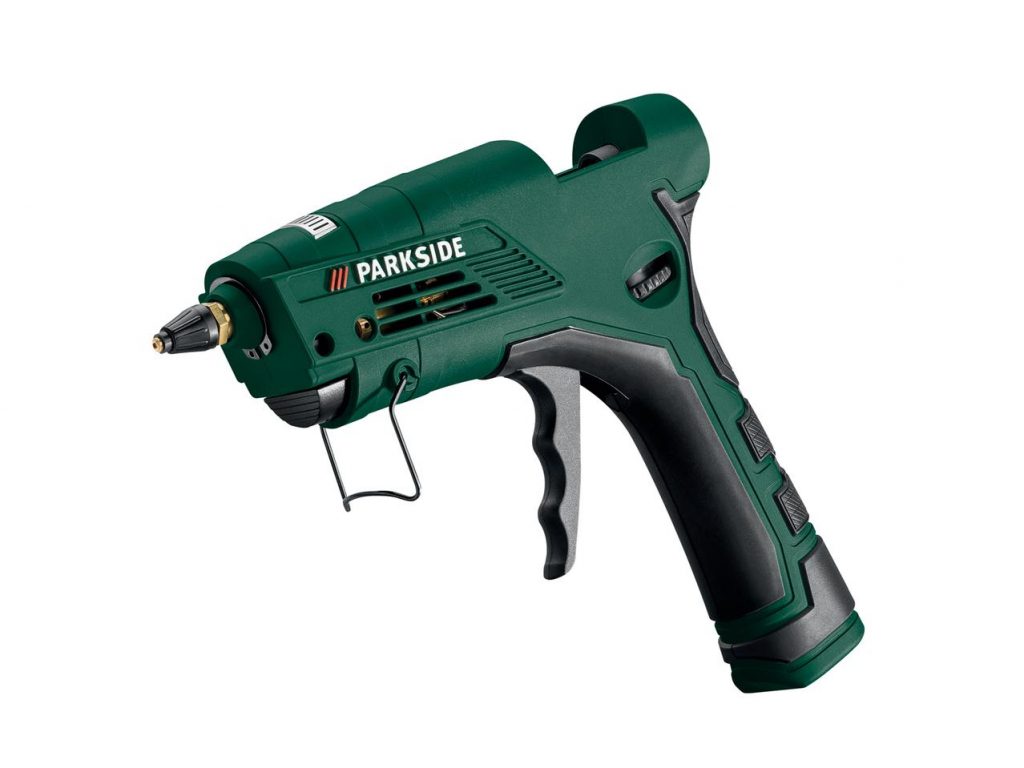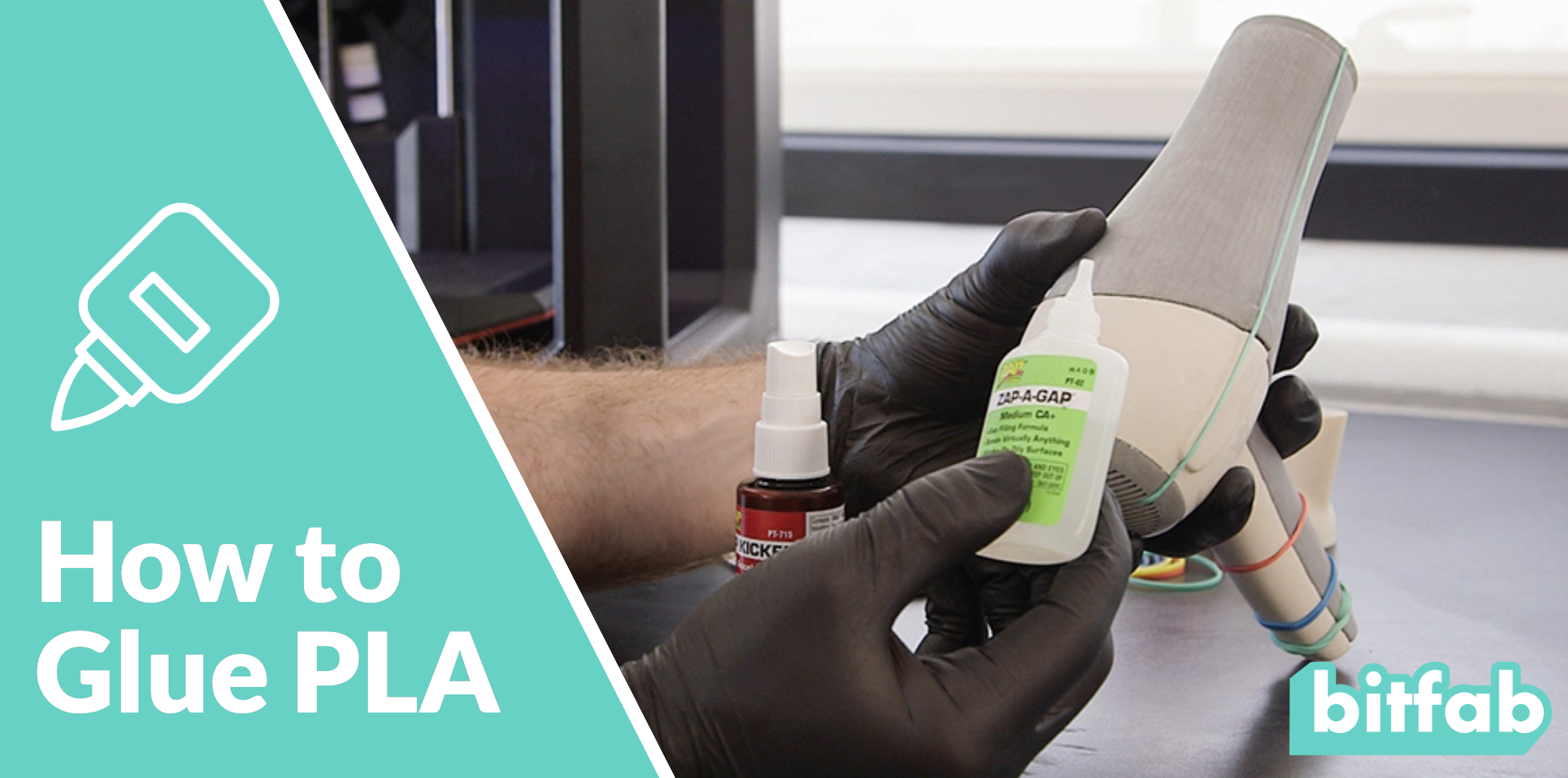In this article I’ll share my secrets and tricks to glue PLA. When I came up with the idea of writing this post I didn’t even know that there were so many ways to do it, but remembering different ideas, experiments and videos, I’ve managed to bring together 5 different ways to do it.
Are you curious to know what these 5 techniques are? Read on. 👇👇👇
📖 What do you want to read?
How to glue PLA with adhesive
The easiest way to glue PLA for most cases is to use an adhesive, so the question is, what kind of glue can I use? We have used several types of glue and we can recommend the ones that have worked for us: cyanoacrylate and special adhesives for plastics.

What adhesives to use for PLA?
- Cyanoacrylate. Cyanoacrylate is the technical name of the adhesives we know as Super Glue, Loctite, extra-strong glue or instant glue. It is a glue that works for everything, including PLA; it allows to bond it in an easy and fast way with an adhesive that almost all of us have for our home or workshop.
- Plastic adhesives. Many brands of adhesives sell specific adhesives for plastics, because generally these are a little difficult to glue. I have personally tried UHU for hard plastics, but there is nothing to envy about bonding it with a more typical cyanoacrylate glue.
Glue PLA with epoxy
If you decide to glue the PLA pieces with epoxy you will have 3 extra advantages:
- You’ll get a stronger bond than with conventional adhesives and glues.
- You can fill small gaps if the two bonding surfaces are not flat enough or cracks remain.
- You can also use epoxy to improve the surface finishing with the epoxy smoothing technique (apply an external layer to the part to remove 3D printing layer marks).
But you will have to endure the main disadvantage, which is that preparing, manipulating and applying epoxy is much more complicated and has to be done in a space that you don’t mind dirtying and well ventilated so as not to breathe the gases it gives off.
A lot of epoxy resins are sold to smooth 3D printing parts and any of them will help you to glue your pieces: you will kill two birds with one stone. The most famous product I have tried is SmoothOn’s XTC-30 resin. For both gluing and smoothing, you will be able to use any epoxy resin with the proper consistency (which allows you to apply it with a brush to work the piece for 10-15 minutes).

Using a hot glue gun
The hot-melt glue gun is an essential part of any workshop. It is suitable for making quick joints, covering gaps, gluing cardboard, insulating electronic components… You won’t get the prettiest bonds, but for prototypes and areas that are not seen, it’s the fastest choice.
PLA can be glued with hot-melt adhesive; the only thing we have to take into account is that from 60-70 ºC the plastic begins to soften, so we have to be careful not to melt the areas of the pieces that we are going to bond.

Glue PLA con acetone
Glueing PLA using acetone is an experimental technique that I discovered in the following video of Thomas Sanladerer, one of the most famous 3D printing youtubers.
As you’re going to see, the initial intention of the video was to smooth the PLA pieces with acetone, but the result is not very satisfactory. However, the surfaces of the pieces soften enough to allow them to stick to each other. You can use acetone to join large flat surfaces of ABS.
The Dremel’s technique for PLA welding
This technique doesn’t require glue or any other material: it consists of friction welding the PLA using a Dremel or any other rotary tool. A piece of filament is inserted into the Dremel’s mandrel and rotated in contact with the part so that the filament, melted by friction, fills the gaps and bonds the PLA parts.
I’ve been able to personally try this way of gluing PLA but it doesn’t quite convince me: it’s a bit messy to do (you have to stop and change the filament every time you spend it), I didn’t get a good bond or a good finish.
Perhaps for projects where you have to fill some cracks, it may be worth it, but I do not find sense to weld the pieces in this way instead of using any of the other methods.
Did you like the article?
You can’t say I haven’t given you options, you already have 5 different ways to glue your PLA parts!
If you’ve come this far, you’ve been interested in what I’ve told you. You can help me by leaving your opinion in the comments. I reply to everyone!
Read you later.


Thanks for a comprehensive article.
Generic super glue worked great.
I’ve seen youtube clips where the used woodglue on not to smooth PLA surfaces… clamped for 48 hours also provided nice results…
Thanks for the tip Paul, we haven’t tested yet wood glue on PLA. Will try!
Similar to the ‘thermal welding’ I ‘weld’ with a small bernzematic butane soldering iron. I ‘lead’ the filament about 3-4 mm, so that both sides of the print gets to a semi melted temp, and then the wire fuses them together. It ends up welding more like brazing than friction welding. I find that it holds things together pretty well, but I then go back and add some 2 part epoxy on top.
Why? The thermal welding doesn’t yield a very strong joint, and the epoxy is in the wrong place to add any strength. If you just did the entire job with epoxy you’d have a stronger joint completed in less time with less effort, and it would look better.
Very helpful. Thank you, Paul. Think I’ll try the cyanoacrylate glue for broken pieces and the XTC-30 epoxy for improving appearance and strengthening.
Stop giving advice if you didn’t try it yourself.
I’ve tried 5-6 types of super-glue for Dremel PLA and none worked at all.
Finally it worked with some home-made glue that was meant for shoes, but even this is not a firm join, it’s elastic and would break if I pull it harder.
Hello Nea.
I have personally tested all the methods I have mentioned in this article.
Cyanoacrilate or epoxy are two methods that cannot fail and are easy to do for everyone. Check other comments that corroborate this or suggest other alternatives.
I nevertheless thank you for your comment. You must have had some bad experience or issue when trying to glue plastic yourself.
Sorry if I seemed too aggressive but I still stick to my opinion, after trying some other methods. Out of 5 methods, super-glue was on 4th place, but very close to the 5th place and miles away from the 3rd place, which was to heat up a flat screw driver at the gas cooker, then move the hot screw driver on both surfaces and rapidly press them on each other. This was also more easy than 2nd method, i.e.heating same pla filament with a heat-gun and use the melted pla as a glue. The 1st place was epoxy. It’s not like super glue didn,t have any effect, on the contrary, too much effect and way too fast it deformed 3/4 mm deep my tiny pieces and the surface then hardened so fast that 1 or 2 seconds was too slow for me to stick them together. I’ve been using super glue for 35 years I believe, and no surface dried up so fast as PLA, so that to prevent me from sticking them together. A lot of people have kids and it was a broken raised arm of a little ballerina. Now, kids will try to use a raised arm in many ways, so if Iit snapped like a tea biscuit, that was definitely not a good bond. Believe me, I,be tried with other types of super glue, including locktite, rocket super glue and ihu super glue to no avail.
Thanks for your feedback on the methods and for the new suggestions Nea, your opinion is actually very useful and appreciated.
The cyanoacrylate bit is the only part we have had different results. Maybe other users can help us with their experiences too.
Thanks for your opinion, feel free to write again whenever you have more information.
‘Super’ Glue (cyanoacrylate) has definite shelf time issues. It is essential that it is fresh. Must be kept in the fridge and … is generally good if it is used within the expiry date range. If it wasn’t kept in the fridge, I wouldn’t use it at all. I’ve tried many different brands over the decades with many successes and many failures. Not my first choice, unless I’m in a rush.
I’m a tried and true believer in epoxy resins if proper techniques are adhered to. Longer cure epoxies are superior in that they give you the time to carefully and patiently work with all the parts and even allow elaborate clamping techniques (where you’re not rushed). Longer cure epoxies are many times stronger than say ‘5 minute’ ones. Stay away from 5 minute epoxies. I like a minimum of 30 minute cure epoxies and four hour cures are the best (used often in the furniture and boatbuilding industries, where I hail from.
I’ve had some success with Titebond 3, roughening up the surfaces and clamping as necessary. Has good gap filling properties and will glue some plastics to other materials such as wood et cetera.
Cyanoacrylate cures in the presence of moisture. PLA likes to absrob moisture. This could explain you r ultra fast cure time.
Maybe try a high quality CA (cyanoacrylate -super glue) glue like Bob Smith’s, Zap or Hot Stuff from Satellite City. Most hardware store CA is junk because it contains a stabilizer that diminishes joint strength, or is old and useless because it has been sitting on the shelf forever. CA glues have a limited shelf life if kept a room temperature.
Just an FYI Gorilla Glue original is a polyurethane not a Cyanoacrylate. Gorilla glue is moisture activated sometimes asking you to dampen the surface. “Super glues” generally don’t ask for this step and use the moisture in the air. Typically a super glue needs light clamping, while polyurethanes need more clamping force due to the foaming that can occur. (however that expansion is nice for uneven surfaces) I’ve found generally PUs are more universal (Cyanoacrylate’s can tend to fail when the surfaces are more acidic) and stronger…unfortunately they take MUCH longer to cure though.
*Generally i would say this isn’t a big deal but Gorilla glue is a lot of people’s first experience with PUs and they are a fantastic group of adhesives that people should spend more time learning about. (also it’s the picture you chose when defining a Cyanoacrilate)
Keep up the good work, I’m enjoying the blog
Thanks for all this information Kyle, it’s amazing, technical and very useful, specially for me. I live in Spain so I am not that familiarised with brands such as Gorilla glue.
This may be the source of confusion about the cyanoacrylate adhesives, I will change the image and make very clear this refers to the Super Glue adhesives, not the Gorilla Original formula that now I now it is a polyurethane glue.
Can PU adhesives be use to glue PLA? Even if they are a bit harder to use or take longer to cure?
Thanks for your comment.
I’ve tried the Gorilla “brush & nozzle” CA glue and found it not very effective. As I write this, I remember that I have a bottle of a more industrial CA in the fridge (yep best place to store CA) which I will try. However I have purchased a can of acrylic adhesive which does work (but not as user friendly as CA).
Acrylic adhesive works like acetone on ABS, slightly softens the material and the parts bond. Purchased it for PETG but it works well on PLA. Most useful gluing edges rather than large flat surfaces.
Thanks for your feedback Rory!
In the meantime, I’ve tried again super-glue with a different PLA spool and type ( softer but more resistant, like PLA+) and the sticking part was good for it’s purpose (not a toy but a display figurine). So I became friend again with super-glue, only that I must be careful on the type of PLA and the purpose of the final assembly, not to require a lot of resistance, and in these cases I’ve got the cleanest and easiest results with super-glue.😀
Oh – and beware of SuperGlue “accelerators” they are essentially just acetone – and that’s going to dissolve your PLA.
I use acetone on pla.
How about a handheld 3D printing pen loaded with PLA?
Yes Thomas, that’s a good option too, we hadn’t thought about that! 🙂
Most consumer superglue are too brittle for gluing plastics that will be put under any load. There are some industrial versions that are made for some flexibility, 3M and Loctite are a couple of manufacturers. I’ve had some PLA filament in a small can of acetone for 2 weeks now and it’s not even soft, so obviously that’s not a reliable glue. The only effective glues, so far, is a “epoxy ” made for plastic, though it doe not smell like an epoxy, more likely a polyurethane and multipurpose pipe cement made for PVC, CPVC and ABS Next experiment will be with methyl ethyl ketone and then solvents for acrylic.
I don’t print decorative pieces, for the most part, but parts that have mechanical function.